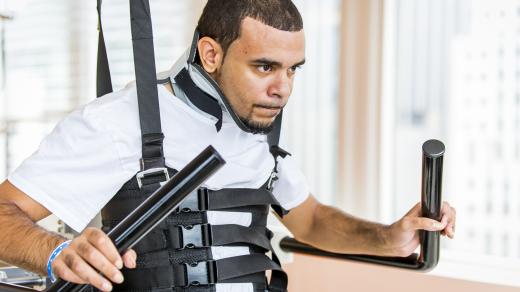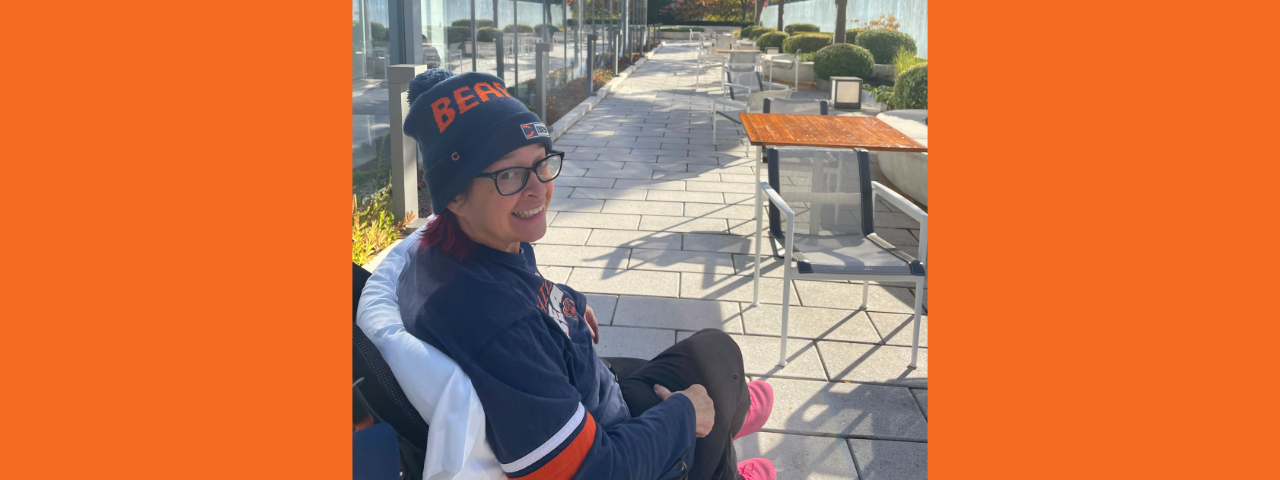Body
Like any mother who suddenly finds herself in a hospital waiting room, Helen Connolly was uneasy.
It was Feb. 28, 2007, and her younger son, Chris, had been taken to the Northwestern Memorial Hospital emergency room — there had been an accident during his Wednesday water polo practice. Chris, who had turned 15 three days earlier, was a freshman on the St. Ignatius College Prep team, following in the footsteps of his brother, Dennis, nine years his senior. He and Helen were close — he was her later-in-life child, a sweet, still-gawky kid who shared her curiosity and a measure of her intense drive.
She had dealt with the practical details: Her husband, also Dennis, was with her, and she’d let Chris’ brother know. It doesn’t sound like a big deal, she told him. But just in case.
Now, in the hospital, she was just managing her nerves.
Time dragged, until finally, there was news: “The nurse came out, a male nurse,” Helen says, “and said, ‘I’m sorry to tell you, but your son is quadriplegic.’”
Events seemed to blur — the family was taken to Chris, and found him lying on a hospital bed, unable to move. He was terrified, frantic, Helen remembers. “He was saying, ‘Mom, what’s happening to me? What’s happening to me?’” The horrible part was, she didn’t know. “There was this sense of disbelief,” she says, “like, you have got to be kidding me. I sent a healthy young man to school this morning.”
I think one of the most valuable experiences I gained was that it’s really great if you offer the best care you can give, but there’s a lot to be said for making people feel normal, as well.
Chris Connolly
Body
Eleven years later, Chris is in an exam room at the University of Michigan Medical School. A doctor, with a clipboard, watches from the corner as Chris approaches a patient on the table. “Please lift your left arm,” Chris says, peering at the skin along her outstretched limb a little self-consciously. It’s a routine dermatological exam — or a reasonable facsimile of one — except there’s nothing routine about it.
Chris is still a quadriplegic, having regained limited motion in his arms and legs only through unrelenting physical therapy. He is also a successful second-year medical student who navigated an undergrad education and master’s program in biology at Stanford and the rigors of applying to medical school to get here. And that’s just the academics. He eases his wheelchair back and smiles at the patient. “Everything looks good.”
Body
On that terrible February day when Chris’ life was transformed, his family — perhaps his mother most of all — was transformed too. Dennis and Helen had pursued careers — his as an engineer in private practice and as acting commissioner of the city’s Department of Sewers, hers as a special education teacher who also taught herself computer programming and day trading. They’d helped care for chronically ill relatives and raised their boys as good parochial-school students and achievers.
“My mom and dad raised us,” Chris says, “with the idea that it never hurts to try to do a little more. And I think that’s ingrained in my brother and me.”
He also found a mentor and friend in physical therapist Walter Guminiak, who bonded with the Connolly family when the two started working together at RIC (now the Shirley Ryan AbilityLab) not long after Chris’ accident. They have worked together, off and on, ever since. “One day,” says Helen, “Walter told Chris, ‘OK, Boss, just start walking.’” Amazingly, Chris’ legs started to move.

